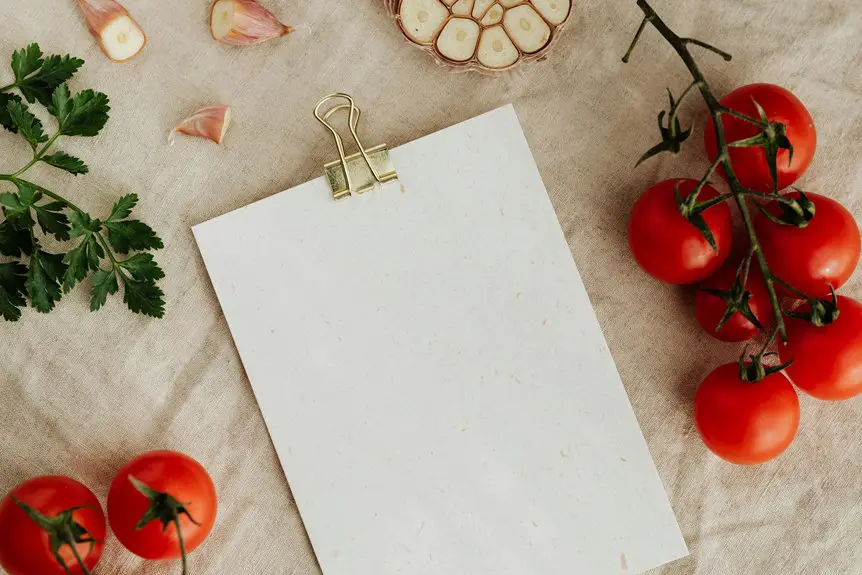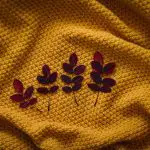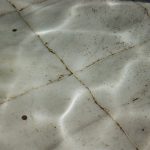Imagine hosting a dinner party where a red wine spill threatens to ruin your beautiful cotton tablecloth. You might think natural fibers are the best choice, but are they really the most practical option for stain resistance? As you explore various fabrics, you’ll find that some materials offer surprising benefits. Let’s take a closer look at what makes a tablecloth both stylish and resilient against stains.
Table of Contents
Key Takeaways
- Natural fibers like cotton and linen are eco-friendly but tend to absorb liquids, increasing the risk of stains.
- Look for coated cotton options that offer a protective finish for better stain resistance while maintaining softness.
- Consider Green Sweet linen, which is made from natural fibers and treated for enhanced stain resistance and a luxurious feel.
- Tighter fabric weaves enhance durability and resistance to wear and staining compared to looser weaves.
- Always check for labels indicating “stain-resistant” or “easy-clean” to ensure better protection against spills.
Understanding Stain Resistance in Fabrics
When you’re choosing a tablecloth, understanding stain resistance in fabrics is essential, especially if you often entertain or have kids around.
Different materials offer varying levels of protection against spills and stains. For instance, natural fibers like cotton and linen can absorb liquids, making them more prone to staining.
On the other hand, synthetic fabrics often come with treatments that enhance stain resistance.
Look for options labeled as “stain-resistant” or “easy-clean.” These fabrics usually repel liquids, allowing you to quickly wipe away messes without leaving a mark.
Additionally, consider the fabric’s texture; smoother surfaces tend to resist stains better than textured ones.
Ultimately, selecting the right material can save you time and effort in maintaining your tablecloth’s appearance.
The Benefits of Polyester Tablecloths
Although many fabric options exist, polyester tablecloths stand out for their numerous advantages.
First, they’re incredibly durable, resisting wrinkles and fading, which keeps your table looking fresh for longer. You won’t have to worry about heavy laundering; a simple wipe with a damp cloth often does the trick.
Incredibly durable and stain-resistant, polyester tablecloths keep your table looking fresh with minimal maintenance.
Polyester is also highly stain-resistant, making it perfect for events where spills are likely. You can easily find them in a variety of colors and patterns, allowing you to match your décor effortlessly.
Additionally, they’re affordable and can fit any budget, making them a practical choice for both everyday use and special occasions.
With polyester tablecloths, you get a blend of functionality and style that enhances your dining experience.
Exploring Coated Cotton and Green Sweet Linen
If you’re looking for alternatives to polyester tablecloths, coated cotton and Green Sweet linen are excellent options to contemplate.
Coated cotton features a protective finish that repels spills and stains, making it a practical choice for everyday use. It combines the softness of cotton with a durable layer, ensuring your table looks great while being easy to clean.
On the other hand, Green Sweet linen is an eco-friendly option made from natural fibers. It offers a luxurious feel and is designed to resist stains, thanks to its innovative treatment.
Both fabrics provide a stylish appearance and functional benefits, so you can enjoy your meals without the worry of messes or extensive upkeep.
Consider your needs and preferences to choose the best fit.
Comparing Natural and Synthetic Options
While both natural and synthetic fabrics have their merits, choosing the right tablecloth material often hinges on your specific needs and lifestyle. Natural fabrics like cotton and linen offer breathability and an elegant look, but they might stain easily. On the other hand, synthetic fabrics such as polyester are durable and stain-resistant, making them ideal for families or frequent use.
Here’s a quick comparison:
| Fabric Type | Pros | Cons |
|---|---|---|
| Natural | Eco-friendly, breathable | Prone to staining |
| Synthetic | Durable, stain-resistant | Less breathable, can be less aesthetic |
| Blends | Balance of qualities | May compromise on both ends |
Ultimately, consider your preferences to find the perfect tablecloth.
Specialized Treatments for Enhanced Durability
When you want your tablecloth to withstand spills and everyday wear, specialized treatments can greatly enhance durability.
One popular option is a water-repellent finish, which can keep liquids from soaking in and causing stains. You might also consider stain-resistant coatings, designed to prevent spills from setting in, making clean-up a breeze.
Additionally, UV protection treatments can shield your fabric from fading due to sunlight exposure, ensuring it stays vibrant longer. Anti-microbial treatments can help combat odors and bacteria, keeping your tablecloth fresh.
Finally, consider wrinkle-resistant finishes that maintain a smooth appearance, even after multiple uses.
Practical Considerations for Choosing Tablecloth Fabrics
When choosing tablecloth fabrics, you’ll want to contemplate factors like durability, maintenance, and cost.
Think about how often you’ll use the tablecloth and what kind of care it requires. Balancing these practical aspects will help you make a smart choice that fits your lifestyle and budget.
Fabric Durability Factors
Choosing the right fabric for your tablecloth involves considering several durability factors that can affect its lifespan and appearance.
First, think about the fabric’s weave; tighter weaves generally offer better resistance to wear and tear.
Next, consider the fiber content—natural fibers like cotton and linen are breathable but may not hold up as well as synthetic options like polyester.
Weight is another essential factor; heavier fabrics often resist damage better than lighter ones.
Also, look for fabrics with stain-resistant treatments or finishes, as these can enhance durability against spills.
Finally, evaluate the fabric’s colorfastness, ensuring the colors won’t fade or bleed after repeated use.
Making informed choices here will keep your tablecloth looking great for years.
Maintenance and Care
While you consider different fabrics for your tablecloth, maintenance and care should definitely be a priority. You’ll want to choose a fabric that’s easy to clean and durable enough to withstand regular use.
Cotton and polyester blends often offer a good balance, as they’re typically machine washable and quick to dry. If you opt for natural fibers like linen or cotton, be prepared for more frequent washing and potential ironing.
Look for fabrics treated for stain resistance—they can save you time and effort in the long run. Additionally, consider how the fabric reacts to spills: some materials are more forgiving than others.
Ultimately, select a fabric that fits your lifestyle and cleaning preferences.
Budget and Cost Efficiency
Understanding your budget is essential for selecting the right tablecloth fabric, especially since prices can vary widely depending on material and quality.
Before you start shopping, set a realistic budget that includes not just the fabric cost but also maintenance expenses. You might find affordable options in polyester or cotton blends, which often balance durability and stain resistance.
Keep an eye on sales and discounts—these can help you snag higher-quality materials for less. Remember, investing a bit more in a fabric that lasts longer can save you money in the long run.
Frequently Asked Questions
How Do I Care for Polyester Tablecloths?
Polyester tablecloths resist wrinkling 50% better than cotton. To care for yours, machine wash in cold water, tumble dry on low, and avoid bleach. Iron on low heat if needed to keep them looking fresh.
Are There Eco-Friendly Tablecloth Fabric Options Available?
Yes, you’ve got eco-friendly options! Look for fabrics made from organic cotton, linen, or hemp. These materials are sustainable and biodegradable, ensuring your tablecloths are both stylish and environmentally responsible while reducing your carbon footprint.
How Do I Remove Stains From Coated Cotton?
To remove stains from coated cotton, gently blot the area with a clean cloth. Use mild soap and water, then rinse thoroughly. Avoid harsh chemicals, and let it air dry for best results.
Can Treated Fabrics Lose Their Stain Resistance Over Time?
Imagine a once-vibrant shield against spills, now dulled with time. Yes, treated fabrics can lose their stain resistance as wear and washing break down protective coatings, so keep an eye on their condition and renew when needed.
What Colors Are Available for Polyester Tablecloths?
You’ll find polyester tablecloths in a rainbow of colors, including vibrant reds, calming blues, classic whites, and earthy greens. With so many options, you can easily match your theme or decor perfectly.
- Where to Buy Sherpa Suede Fabric - July 12, 2025
- How to Draw or Illustrate the Texture of Suede Fabric - July 12, 2025
- What Is Baseball Suede Leather Fabric? - July 12, 2025




